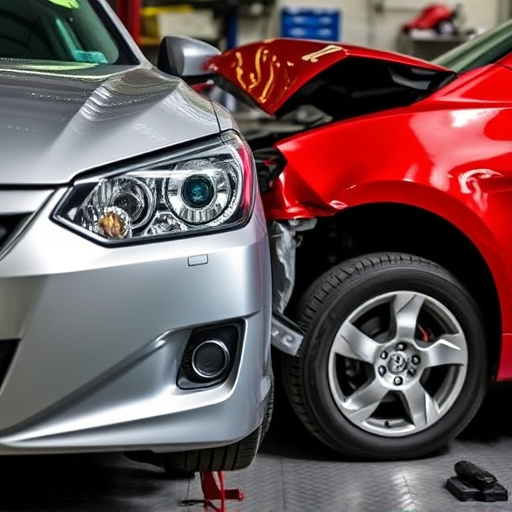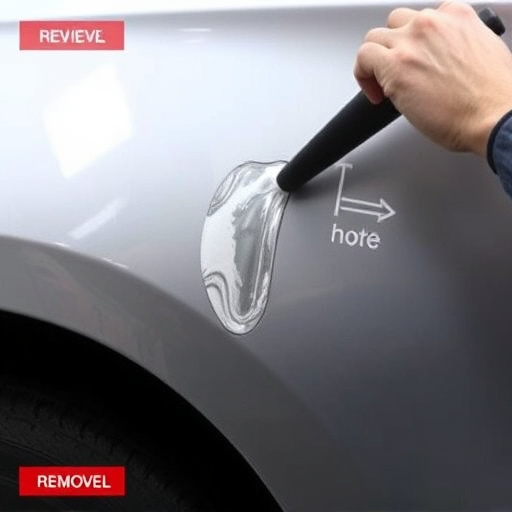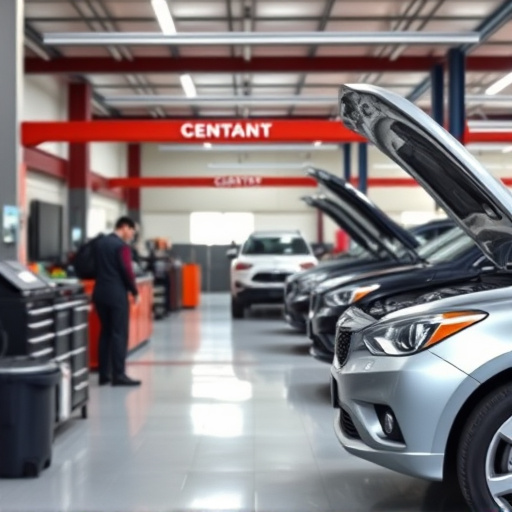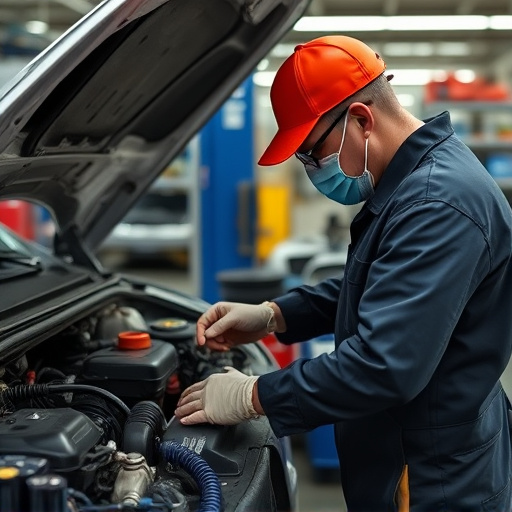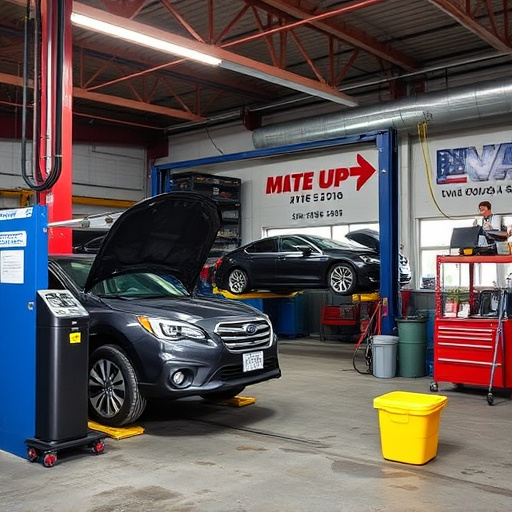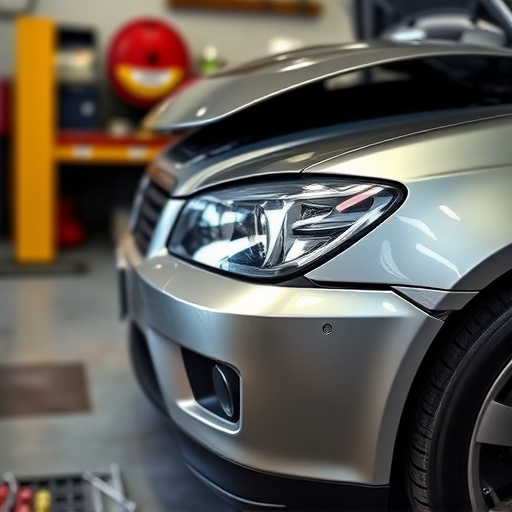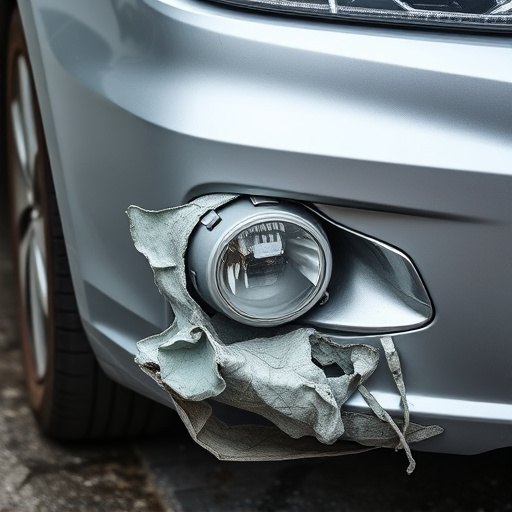Evaluating damage is key when deciding between fiberglass panel repair and full replacement. Minor dents and scratches can be repaired cost-effectively, preserving vehicle shape. Extensive damage may require replacement for structural integrity. Cost comparison considers labor and long-term savings. Full replacements offer durability, strength, and increased resale value but are more expensive upfront. Tire services provide estimates for tailored solutions, from scratch repairs to frame straightening.
Considering the costs of repairing versus replacing a damaged fiberglass panel? This comprehensive guide breaks down the financial aspects of two popular options. We’ll explore how evaluating damage, material and labor costs, and specific circumstances influence your decision. Learn about the signs prompting full panel replacement and uncover the benefits this option offers. By understanding these factors, you can make an informed choice tailored to your needs and budget.
- Evaluating Damage: Fiberglass Panel Repair vs. Replacement
- Cost Comparison: Materials and Labor Considerations
- When to Choose Full Panel Replacement: Signs and Benefits
Evaluating Damage: Fiberglass Panel Repair vs. Replacement
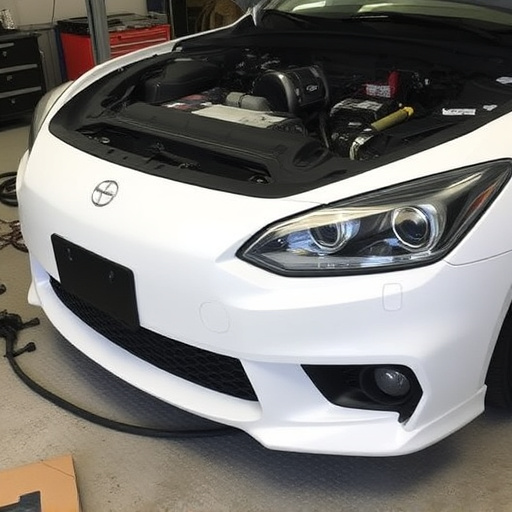
When it comes to evaluating damage, deciding between fiberglass panel repair and full panel replacement depends on several factors. First, assess the extent of the damage. Minor dents, scratches, or small cracks can often be repaired effectively with specialized fiberglass repair services, which involve repairing and restoring the damaged area without replacing the entire panel. This method is not only cost-effective but also preserves the original shape and structure of the vehicle.
On the other hand, if the damage is extensive, involving significant deformities or multiple cracked panels, replacement might be the better option. Fleet repair services often have access to a wide range of automotive collision repair techniques and resources, making them well-equipped to handle complex repairs or situations where original parts are no longer readily available. By opting for replacements, you ensure structural integrity and a seamless fit, although it may come at a higher cost compared to fiberglass panel repair.
Cost Comparison: Materials and Labor Considerations
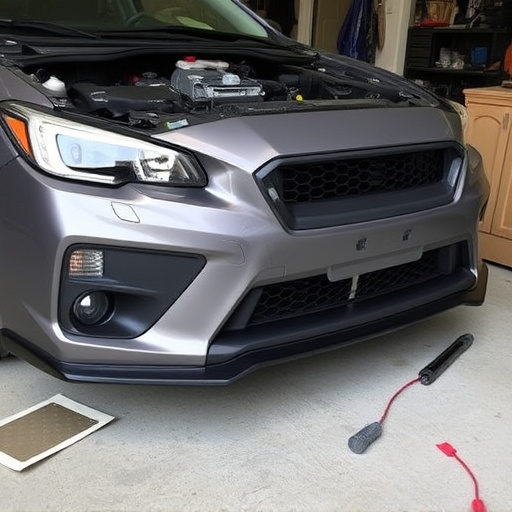
When comparing fiberglass panel repair to full panel replacement, cost is a significant factor. In terms of materials, repairing a panel usually involves acquiring new resin and fiberglass mats specific to the damaged area. This can be more economical than purchasing an entire new panel, which often comes as part of a kit or requires custom cutting. Labor costs also play a key role; while repair work may be less labor-intensive, it still demands skill and time from trained technicians. On the other hand, full panel replacement might seem like a pricier option upfront, but it could offer better long-term savings if done correctly. Tire services that specialize in fiberglass repairs can provide estimates for both options, helping vehicle owners make informed decisions based on their budgets and desired outcomes, whether opting for a quick scratch repair or more extensive frame straightening.
When to Choose Full Panel Replacement: Signs and Benefits
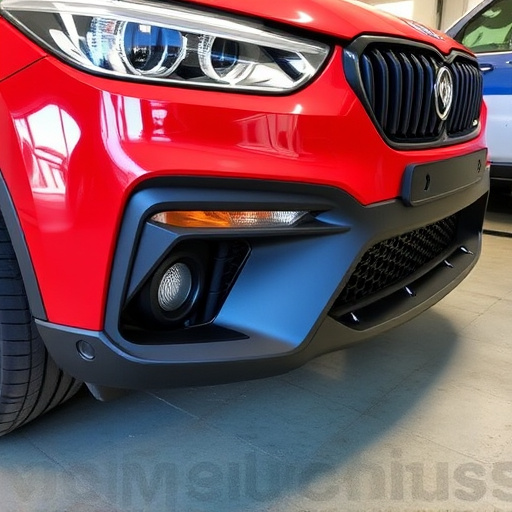
When to opt for a full panel replacement instead of fiberglass panel repair depends on several factors. One clear sign is extensive damage or degradation of the existing panels, where multiple cracks, holes, or severe corrosion are present. If the damaged area is significant enough to compromise structural integrity or aesthetics, replacing the entire panel may be the best course of action. This is especially true for older vehicles where original equipment parts might be difficult to source or expensive to repair.
Full panel replacements offer several benefits beyond immediate visual improvements. They ensure better long-term performance and durability as new panels are designed with modern manufacturing techniques, offering superior strength and resistance to elements. Moreover, it can enhance the overall value of your vehicle through professional car body restoration, comparable to acquiring a like-new condition car. Comparing costs between fiberglass panel repair and full replacement, the latter may seem pricier upfront but could save you money in the long run due to reduced need for future repairs and enhanced resale value thanks to top-notch car paint services and body shop services.
When deciding between fiberglass panel repair and full replacement, understanding the costs involved is key. While repair options can be more cost-effective for smaller damages, a full panel replacement may be necessary for extensive or widespread issues. By evaluating the extent of the damage and comparing material and labor costs, homeowners can make an informed decision that best suits their budget and ensures a durable, safe, and aesthetically pleasing exterior finish. Remember, choosing the right option will not only preserve your home’s value but also contribute to energy efficiency and long-term savings.
